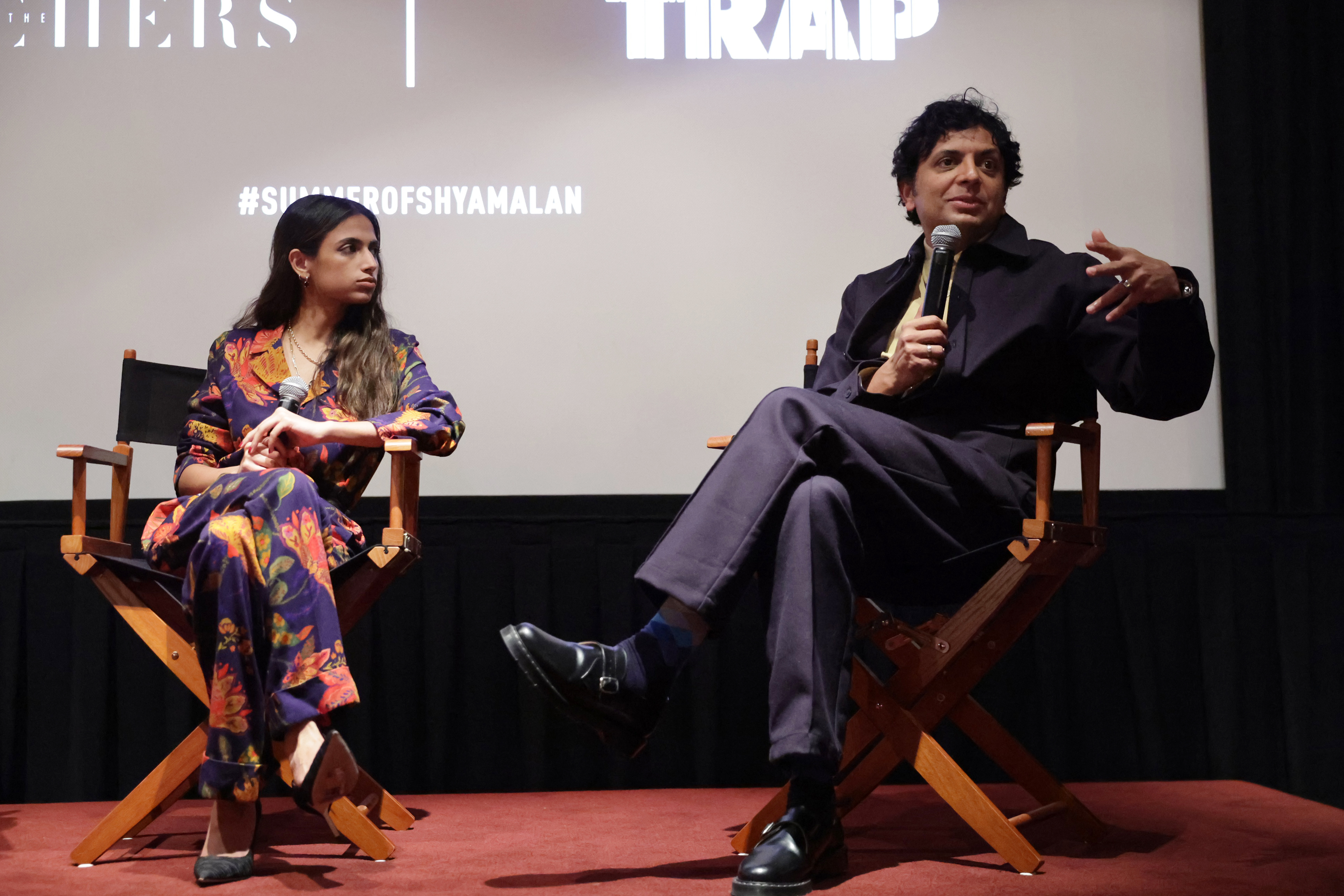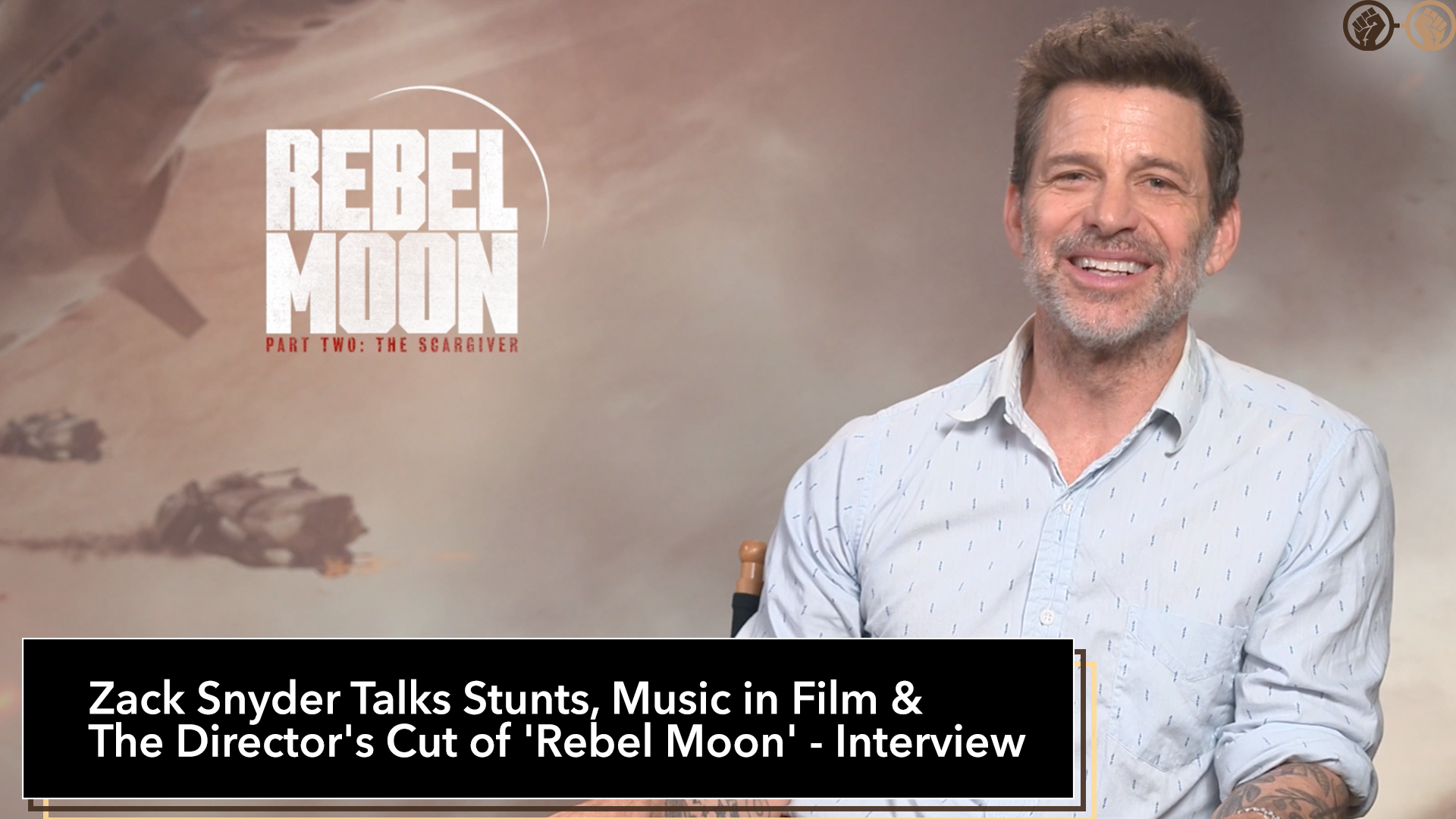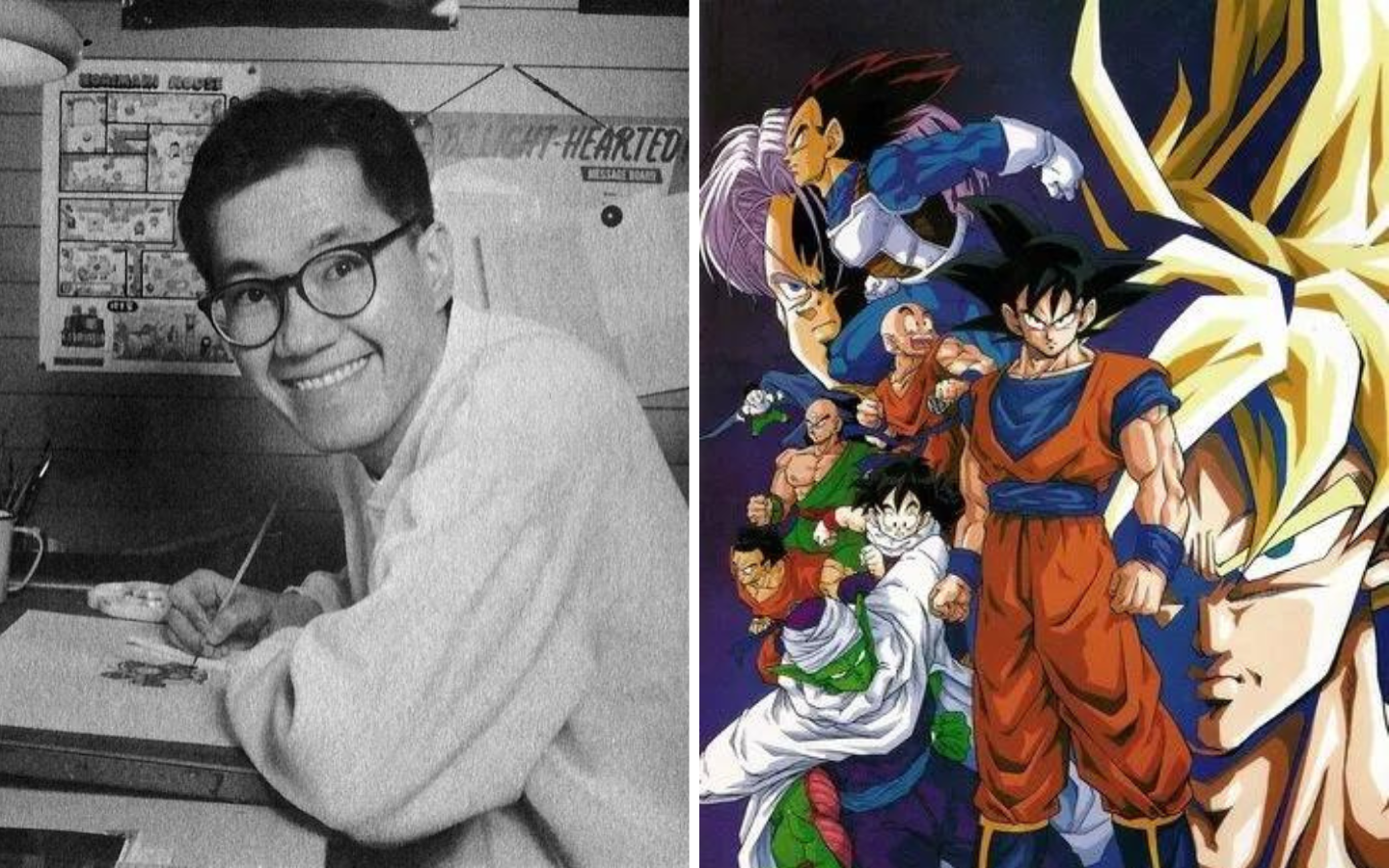
For the past 10 years, we’ve seen character after character make their live-action debut within Marvel’s cinematic universe. From the first Iron Man film all the way up to their most recent entry into the MCU’s version of Infinity War. As with any live-action adaptation of a comic book, changes are expected. Whether it’s story elements that need to be tweaked or even character origins, the expectation is always that those changes can and should pay homage and respect to the original source material in some way. However, time and time again with every new entry into the MCU we have seen characters and story elements introduced that look and feel nothing like the comic book versions that they’re based on. Sometimes this is for the better, sometimes it doesn’t affect the story much, and other times it’s downright disrespectful not just to the character but to the community the character represents. One of the prime instances of the MCU version of a character being a downright disrespectful characterization of said character is Guardians of the Galaxy’s Mantis.
I remember when it was announced that Pom Klementieff would be portraying Mantis in James Gunn’s Guardians of the Galaxy Vol. 2 I was pretty excited that the MCU was adding such an iconic member of the Guardians, but I was also extremely skeptical because I still had a bad taste in my mouth from his previous treatment of Gamora. I mean this was the same James Gunn that allowed Drax to continually call Gamora a “green whore” over the course of the first film. This was also the same James Gunn who had previously made disgustingly sexist and LGBTQ-phobic comments about a large number of female comic book characters.

When we are first introduced to Mantis in Guardians of the Galaxy Vol. 2 the audience is presented a character that is meek, childlike, and extremely passive. Her body language and interactions with the group read less like a Celestial Warrior Madonna and more like a whimpering naive servant which is in and of itself insulting. We learn from Mantis “Ego found me in a larva state. Orphaned on my homeworld. He raised me by hand and kept me as his own”. This new origin of the character is already a far cry from her comic book origins. This new origin which centers Ego the living planet as Mantis’s master and “savior” also in a way mirrors Gamora and Nebula’s relationship with Thanos. Gunn’s decision to take Mantis from being raised by a group of monks to be the height of human physical, mental and spiritual Perfect to an extremely passive, naive, and fearful servant of Ego makes one wonder if you wanted to create an entirely new character….why even use Mantis? If Gunn wanted to change Mantis’s powers, origin, and even personality so drastically why use the character? Why create an interaction so drastically different from the character, that the only thing recognizable is her antenna, why even use Mantis’s name and image? The Mantis that fans know and love is an expert martial artist, far from naive or passive, and an intelligent intergalactic being. This version of Mantis had been stripped of just about all of her powers sans her empathic abilities. She had been crafted into an offensively submissive and childlike stereotype, and she spent the entirety of the film being verbally and physically abused by Gunn through his writing of the character. At multiple points throughout the film, she is belittled by Drax who regularly insults her looks, she’s bitten by Rocket, has her wrist grabbed by Gamora, and near the end of the film during what was proving to be a pretty nice shot of the heroes, she’s struck with a piece of debris.

One of the main ways in which Gunn infantilizes Mantis is through her backstory. From Mantis’s backstory, we understand that since finding her on her home planet in her larvae state she has spent her entire existence by Ego’s side. Meaning that over the course of her entire existence up to the point that she meets the Guardians, Mantis has only ever met and interacted with Ego, her captor. Through essentially cutting her off from the world outside of Ego and his ship Gunn reduces Mantis’s intelligence to nothing more than what Ego teaches her. We know from a scene in the film between Mantis and the other Guardians that she has apparently never been asked a question which essentially means Ego keeps her around only for what he needs and that she’s meant to be seen and not heard. Mantis’s entire sense of self and defense is tied to Ego who has for the span of her life acted as her “master” and by extension her parent, which is another shitty trope Marvel needs to let die. Over the course of the film Mantis’s portrayal is filled with a childish speech pattern, passive and almost fearful body language that mirrors that of abuse survivors, and an unawareness to the verbal physical abuse that she’s subjected to which can either be a result of Gunn’s shitty writing or her seclusion to Ego.

For those of you who are unfamiliar with Mantis, she was created by Steve Englehart and Don Heck and debuted in June of 1973 in the pages of Avengers #112. She was born to Lau Nguyen and Gustav Brandt and would go on to be raised by a secretive group of pacifistic Kree Priests known as the Priests of Pama. The Priests were exiled to a prison planet for protecting a peaceful plant species known as The Cotati. The priests believed that Mantis was the Celestial Madonna and that she would give birth to a perfect celestial being born of both human and the Cotati. In order to become the perfect human specimen to fulfill the Priests prophecy, Mantis was put through rigorous training and meditation which she excelled at. Mantis is an expert martial artist and as with any comic book character as the books go on and she accepts her role as the Celestial Madonna she gains an impressive repertoire of powers. Over time Mantis gains telekinesis, pyrokinesis, an advanced healing factor, chlorokinesis, and an imperviousness to both physical and mental attacks making her damn near untouchable. At the height of her powers and her role as the Celestial Madonna, Mantis even gained the ability to astral project which grew so powerful that she could actually project her consciousness across the universe, a skill that not many possess. Mantis has over the years more than held her own in a hand to hand fight with Thanos and been a valued member of the Avengers, she is a cosmic being who has proven over and over again that she is a force to be reckoned with. Mantis has gained the respect of not just her fellow Guardians but of the Avengers as well with Thor believing her to be a goddess long before she actually became a goddess. She has turned the eye of everyone from Thanos to the god of Thunder himself. As writer Clara Mae points out in her MS En Scene article We Need to Talk about Mantis Abuse in Guardians of the Galaxy 2 Mantis is the first woman of color to become a member of the Avengers. Long before MCU Black Widow was flying across rooms and treating her enemies like jungle gyms, the comic book version of Mantis was using the same move and executing it better. She’s been hitting characters like Thor, Black Widow, Thanos, Scarlet Witch, and Vision with the Chun-Li super thighs for years.
Mantis was a character that Englehart loved so much that even after his time at Marvel studios had ended and he began drawing DC Comics’ Justice League he managed to bring the character with him. While he was still bound by Marvel’s copyright of the character he made it as clear as possible that the character going by the alias Willow was in fact Mantis. His love for the character not only crossed between Marvel and DC, but the character in some shape or form followed him into his other writing. Considering the place Mantis holds in Englehart’s heart it is in no way a shock that he was not a fan of her portrayal in the film. During an interview with Polygon Englehart states:
“Well, I was not happy with Mantis’ portrayal. That character has nothing to do with Mantis…that’s not Mantis up there. I really don’t know why you would take a character who is as distinctive as Mantis is and do a completely different character and still call her Mantis. That I do not

I stated all of this to say that Marvel’s treatment of Mantis is offensive and honestly disrespectful not just to the character and her creator, but also to her fans who were excited to see the Celestial Madonna make the jump to live action. The characterization that not just James Gunn but also the Russo brothers have crafted and perpetuated is steeped in an age-old stereotype that Asian women are infantile, submissive, and subservient and it’s downright offensive. James Gunn chose to craft an iteration of Mantis that was void of just about everything that made people fall in love with the character all those decades ago. He strips her of her cosmic destiny in favor of reducing her to the servitude of an old white man only to have her “rescued” by the Guardians who as MS En Scene writer Clara Mae once again states “actively participate in Mantis’ abuse: not only are their insults and violence against Mantis normalized, they’re even used for comedic effect.” Gunn’s erasure of Mantis’s backstory and the obliteration of her most empowering characteristics is a complete and utter disservice to the character that Steve Englehart created back in 1973. Even after her appearance in Infinity War, the MCU iteration of Mantis remains nothing more than an imposter who wears the name and legacy of Mantis without any real connection to the character. Hopefully, sometime in the very very near future, Mantis can get a writer who not just understands her impact and the potential that the character holds for positive Asian representation within the MCU, but also who wants to respect the character’s history.
For more on the topic of Mantis’s MCU mistreatment check out Clara Mae’s article “We Need to Talk about Mantis’s Abuse in Guardians of the Galaxy 2”, which provided me with a lot of helpful information, over at MS En Scene.






Leave a Reply to paulliverstravelsCancel reply